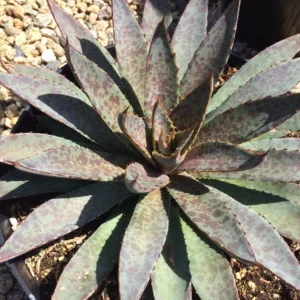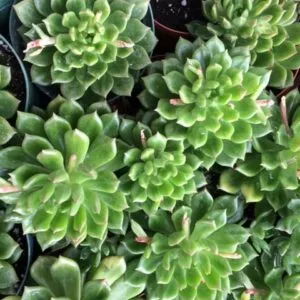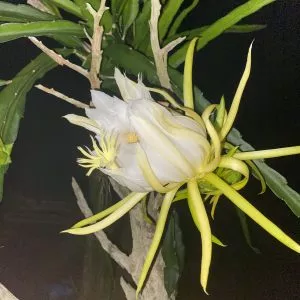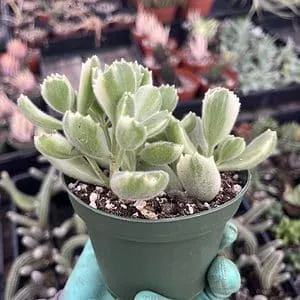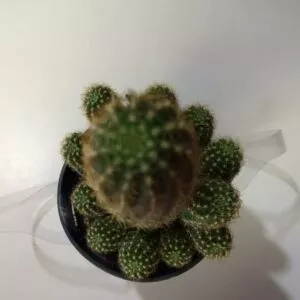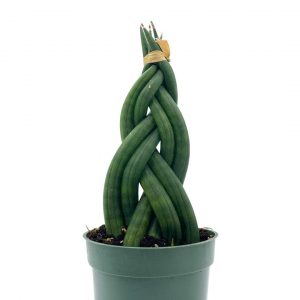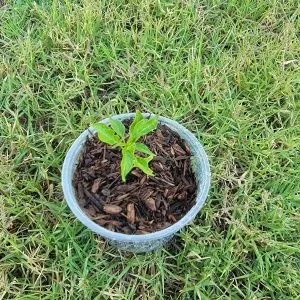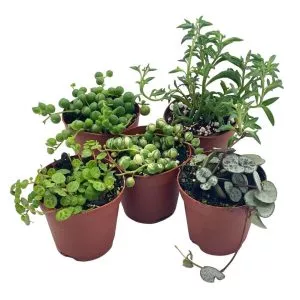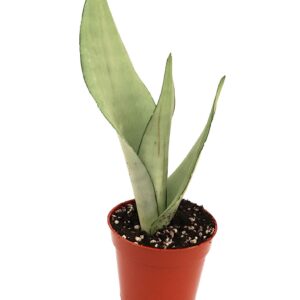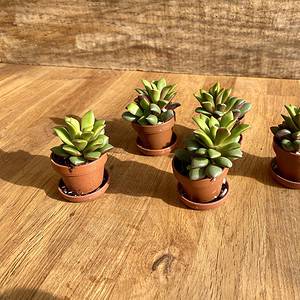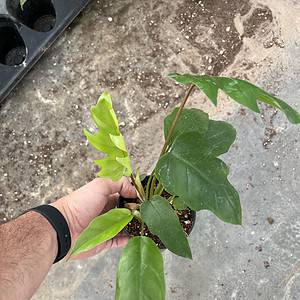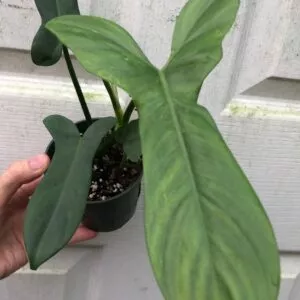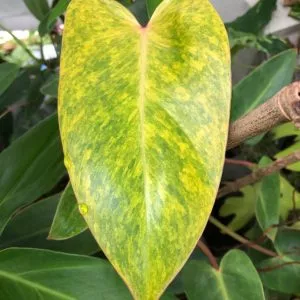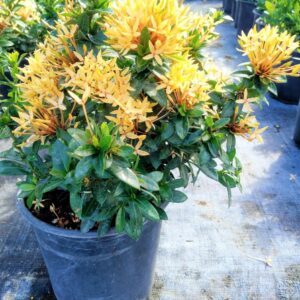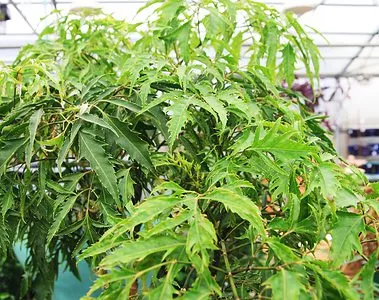No products in the cart.
Table of Contents
Meet the Monstera Adansonii, commonly known as the Swiss cheese plant, renowned for its distinctive fenestrated leaves resembling Swiss cheese.
Hailing from Central and South America, this tropical perennial is a popular indoor plant, valued for its aesthetic appeal. With the potential to grow up to 70 feet tall, it’s advisable to provide stakes or support for this vining beauty. Stay tuned for tips and tricks on proper Monstera Adansonii care, ensuring this fragile beauty thrives in your home.
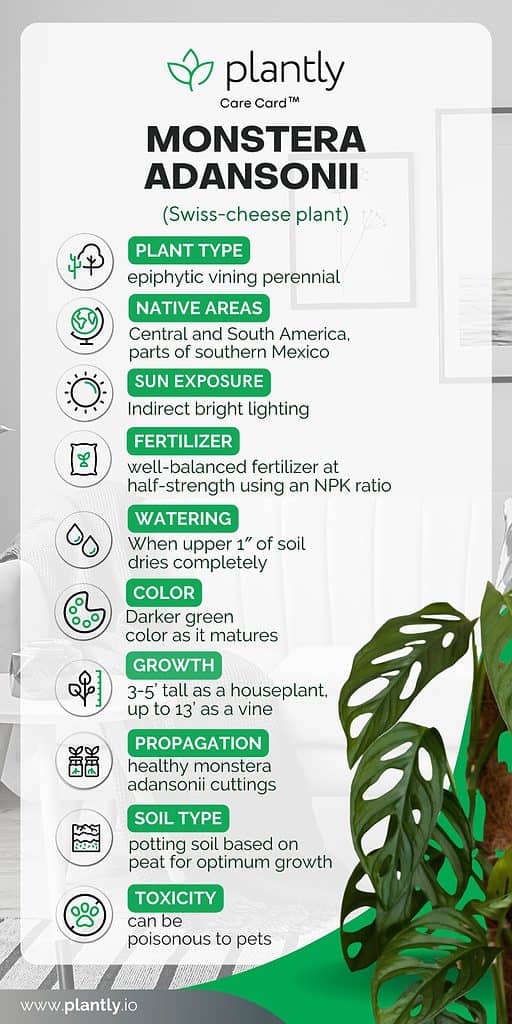
The Proper Care Requirements for Monstera Adansonii

The Swiss cheese plant care is no fuss, as you will witness in this article.
The most important fact is that you lavish it with love. Plants like to feel loved. They need constant attention, and they respond to kind words. Make sure that your plant only receives warmth and encouragement from you.
This will make it thrive.
Of course, there are other things to pay attention to, but I’ll review them individually.
Still, for those unaware, our little adansonii is a bit toxic (i.e., moderately). Keep it away from pets since it can cause burning and swelling.
Let’s move on to practical tips for making your Monstera vine lively and luscious.
Only 1 left in stock In stock (can be backordered) In stock In stock
$65.99
Sold By:
Succulent Oasis
Succulent Plant Mangave Bloodspot
Rated 4.84 out of 5 based on 352 customer ratings02
Sold By:
Succulent Oasis
Free Shipping
$15.99
Sold By:
Gar-Zen Botanical Design
Rare Tradescantia Bunny Bellies Ship Free.
Only 8 available and it’s in 1 people’s basket Rated 4.86 out of 5 based on 49 customer ratings00
Sold By:
Gar-Zen Botanical Design
$4.50
Sold By:
Cacti and Exotica
Echeveria—Perle von Nurnberg
Rated 4.98 out of 5 based on 59 customer ratings00
Sold By:
Cacti and Exotica
$9.99
Sold By:
Succulent Oasis
Medium Succulent Plant – Echeveria Sleepy Rich Green Rosette
Rated 4.84 out of 5 based on 352 customer ratings02
Sold By:
Succulent Oasis
The Perfect Place
As commented briefly, our Swiss cheese vine here can be poisonous to pets, so when deciding where to keep it, you must go for a place that is out of your pets’ reach.
Just in case, make sure that it steers clear of your toddlers, too – it’s a fact these two don’t get on well (I’ve witnessed it myself)!
Tables, windowsills – such places will be a perfect choice.
Temperature and Humidity
Our Monstera Adansonii is a tropical plant that goes well with maximized humidity and temperature. Ideally, you could grow it in a greenhouse, but let’s be realistic here – you only have the office or apartment at your disposal.
So, try to imitate the native humid forest environments as best as possible. Your bathroom could be an option.
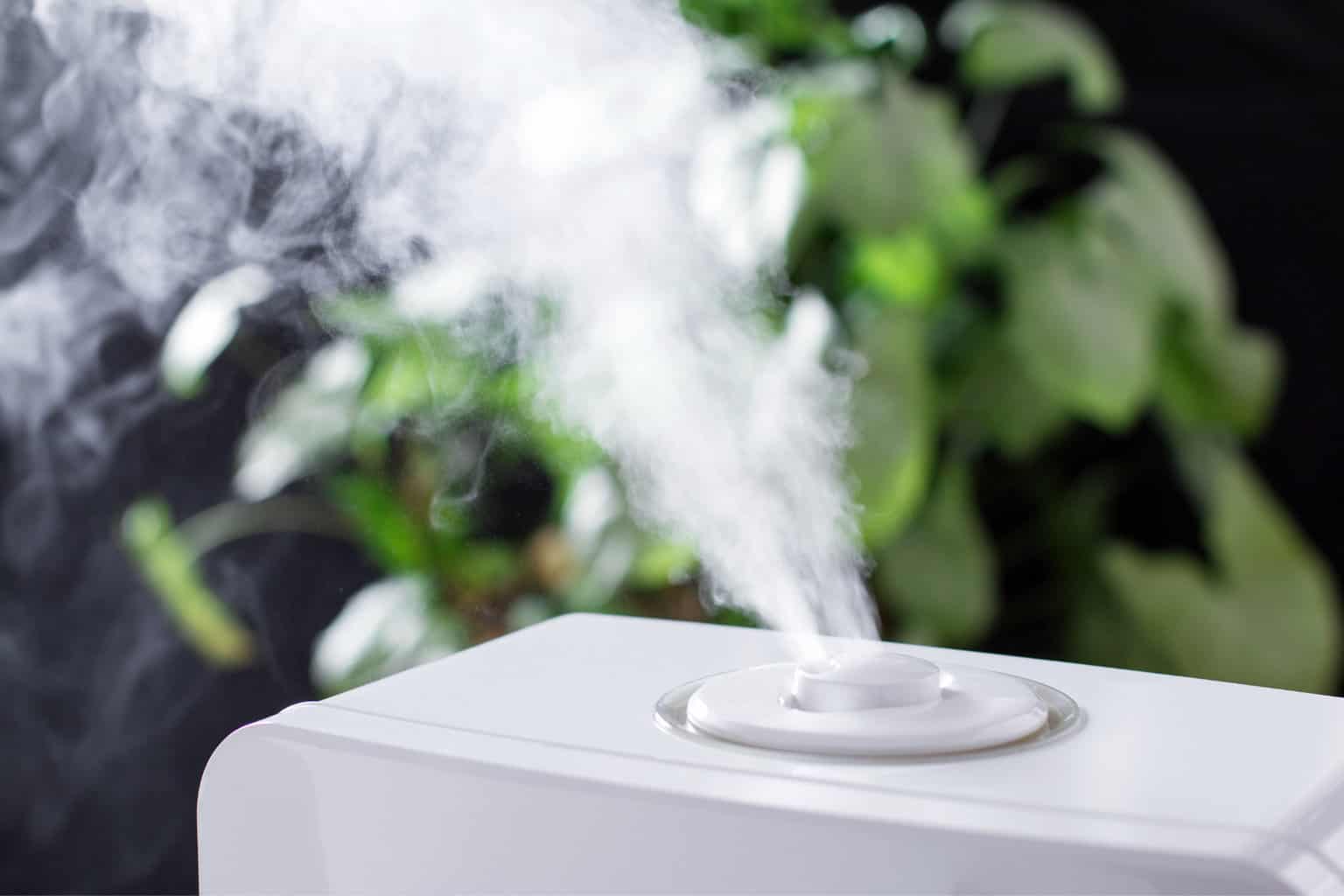
Pro Tip: Use a humidifier and mist the leaves frequently. This will provide the required humidity to the overall plant, not just the roots.
Next, know that warm places are appreciated by the Monstera Adansonii – remember, it’s a plant from hot, tropical regions. If you want me to speak in numbers, then 60°F is your guideline.
Light Requirements
Directly linked to the previous point, the light requirement is essential for your Swiss cheese plant.
Our lovely cheese plant here is native to tropical regions (South and Central America), so its natural habitat is shady spaces. No direct exposure is the preferred condition.
If direct exposure cannot be avoided, at least make an effort to keep it limited to just a couple of hours of the morning sun.
This is when the sunlight is not very strong and will not scorch the leaves. The variegated monstera adansonii however needs bright light more than this regular adansonii. The brighter the light, the better. Don’t expose them to full afternoon sun, which will significantly burn their astonishing variegated leaves.
Soil Type

If you still need clarification about why soil is so important, let me ask: can you imagine yourself living without food?
Not all foods bring the best nutrients; the same goes for the soils you choose for your plants.
Moreover, cheese plants require different types of soil.
Out of the variety of plants with holes, our monstera adansonii requires potting soil based on peat for optimum growth. The main reason behind this is that the peat will prevent waterlogging, which is extremely dangerous for the adansonii roots (more on that later).
Ideally, soils with a pH of 5.5 to 7.0 are your best ally in optimum care.
Watering
Just like people, plants cannot survive without water, either.
Some need it more, some less.
IMPORTANT: Don’t mix adequate humidity with abundant water. Adequate moisture is in the air. Abundant water is in the pot, and that’s not good!
So, when to water?
One way to know the answer is to stick a toothpick in the soil. If it’s scorched, it’s time to water.
Or, you can use your finger instead. Push it in the soil up to the knuckle and see if it’s wet. If yes, postpone the watering for a couple of days.
Excessive water shall cause the adansonii roots to rot, so you better watch it!
To gain better control over the watering requirements, ensure the pot you choose has drainage holes at the bottom since this will let the excess water run through the pot.
In stock In stock In stock In stock
Free Shipping
$25.00
Sold By:
Osprey Nursery
Red Dragon Fruit Fresh Cuttings – 2 Per order
Rated 5.00 out of 5 based on 87 customer ratings02
Sold By:
Osprey Nursery
$9.99
Sold By:
Cacti and Exotica
Cactiandexotica | Cotyledon tomentosa variegated | Bear Paw
Rated 4.98 out of 5 based on 59 customer ratings00
Sold By:
Cacti and Exotica
$11.99
Sold By:
Succulent Oasis
Medium Chamaelobivia | Rose Quartz
Rated 4.84 out of 5 based on 352 customer ratings00
Sold By:
Succulent Oasis
$19.99
Sold By:
BubbleBlooms
Braided Snakeplant African Spear Plant, Cylindrical snake plant, spear sansevieria, twisted, braid sansevieria, big in 4 inch pot, large
Only 99 available and it’s in 2 people’s basket Rated 4.81 out of 5 based on 279 customer ratings04
Sold By:
BubbleBlooms
Fertilizer
Another essential contributor to the well-being of your monstera adansonii is the fertilizer that you choose for it.
Fertilizers are chosen based on the nutrients your plant requires to recover if it’s in bad shape and blooms faster.
As for our monstera house plant, fertilizing is done to promote growth, but as for blooming, you can forget about it. While it’s true that it does bloom in the tropical wilderness that was initially found, in indoor conditions, you will sadly not have the opportunity to see it flower.
So, if you planted your monstera in the general potting mix, skip the fertilizer for a few months after potting or repotting. Such soils already contain a percentage of fertilizer; adding more will only do more harm than good.
Generally, just like with other plants, the spring and the late summer are the best times to fertilize – just to boost it a little to be in full swing and, in the latter case, to help it make it through the winter.
Otherwise, your plant will tell you that it needs to be fertilized. Seriously, watch it closely. Yellow leaves are often a sign that your monstera adansonii lacks fertilizer. This is when you can add some, even if it isn’t the “official” fertilizing season.
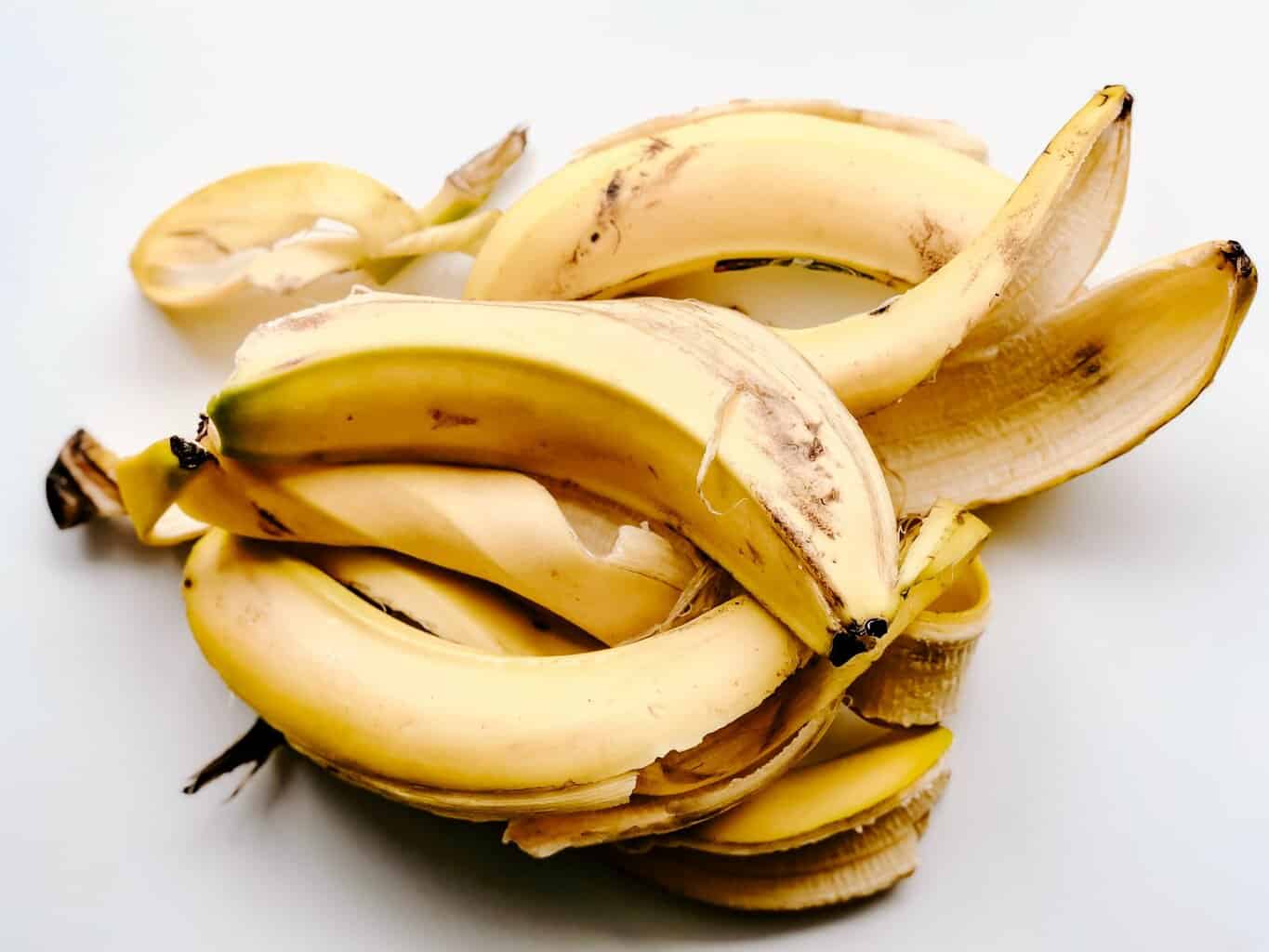
Pro Tip: Don’t throw away your banana peels! Soak them in water instead and make your home fertilizer. Banana peels are rich in potassium that will do good to monstera adansonii.
If you still opt for ready-made industrial fertilizers, know that whichever you choose, you can add them when watering.
In stock In stock In stock In stock
Free Shipping
$25.00
Sold By:
Osprey Nursery
Red Dragon Fruit Fresh Cuttings – 2 Per order
Rated 5.00 out of 5 based on 87 customer ratings02
Sold By:
Osprey Nursery
$9.99
Sold By:
Cacti and Exotica
Cactiandexotica | Cotyledon tomentosa variegated | Bear Paw
Rated 4.98 out of 5 based on 59 customer ratings00
Sold By:
Cacti and Exotica
$11.99
Sold By:
Succulent Oasis
Medium Chamaelobivia | Rose Quartz
Rated 4.84 out of 5 based on 352 customer ratings00
Sold By:
Succulent Oasis
$19.99
Sold By:
BubbleBlooms
Braided Snakeplant African Spear Plant, Cylindrical snake plant, spear sansevieria, twisted, braid sansevieria, big in 4 inch pot, large
Only 99 available and it’s in 2 people’s basket Rated 4.81 out of 5 based on 279 customer ratings04
Sold By:
BubbleBlooms
Pruning
Not so long ago, I remember how confused I was whenever I needed to pinch out or cut down a leaf from my plants.
Oh, the horror!
And, to be perfectly honest with you, this is an action we do absentmindedly.
It’s no big deal.
Here, let’s take your monster adansonii as an example.
The whole point of pruning is to make your darling monster more beautiful.
Since we’re talking about a vining plant, feel free to cut it down once it seems too large for your liking.
Otherwise, you can always cut those leaves that look damaged or dry. Keeping these around will just further impair the health of your Monstera adansonii.
When pruning to control the growth, it is best to prune from spring to autumn since the plant will quickly compensate for the loss. Cut as close to the stem as possible.
Propagation
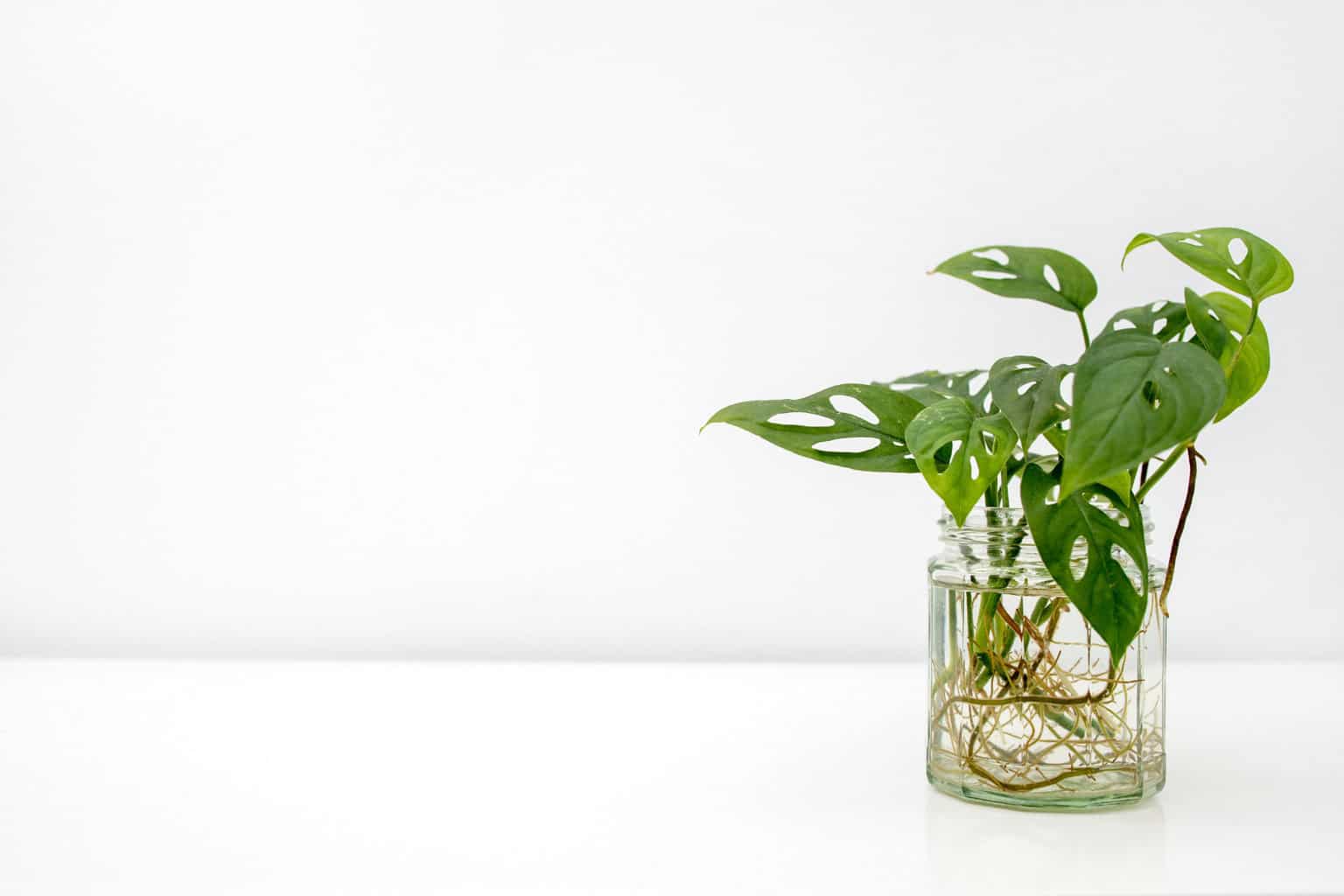
Put the cuttings in a suitable propagating medium (peat, moss, water) and wait for them to develop roots.
There is also an option to put the cutting with at least one node in the soil directly. But I know how impatient we can get when we want results ASAP, and weeks go by, and we can’t tell what’s happening.
This is not a preferred way to propagate, but if you opt for it – know that you did an excellent job if the monstera adansonii cutting you planted directly in the soil doesn’t die out on you over the next few weeks.
It would be best if you were extra careful with these cuttings prepared for propagation. You need to make sure to provide optimum light temperature and moisture.
The most important thing here is that you must be patient and wait for a few weeks until a web of roots shows up.
Then, repot the cutting in a new container.
In stock In stock In stock In stock
Free Shipping
$20.00
Sold By:
Blessed Family Farm
Live Cayenne Pepper Plant
Rated 4.82 out of 5 based on 22 customer ratings03
Sold By:
Blessed Family Farm
$49.99
Sold By:
BubbleBlooms
Succulent Strings Set, Variegated String of Pearls, Turtles, Hearts, and Needles, premium collection, in 2 inch pots, plant gift
Only 99 available and it’s in 2 people’s basket Rated 4.81 out of 5 based on 279 customer ratings01
Sold By:
BubbleBlooms
$18.00
Sold By:
PotHedz Plants
Sansevieria moonshine
Only 1 available and it’s in 3 people’s basket Rated 4.96 out of 5 based on 106 customer ratings00
Sold By:
PotHedz Plants
$6.00
Sold By:
Smoot's Farm
Rainbow Sand Rose or Anacampseros Rufescens Variegata 1″ Pot Live
Rated 4.89 out of 5 based on 27 customer ratings00
Sold By:
Smoot's Farm
How to Repot Monstera Adansonii?
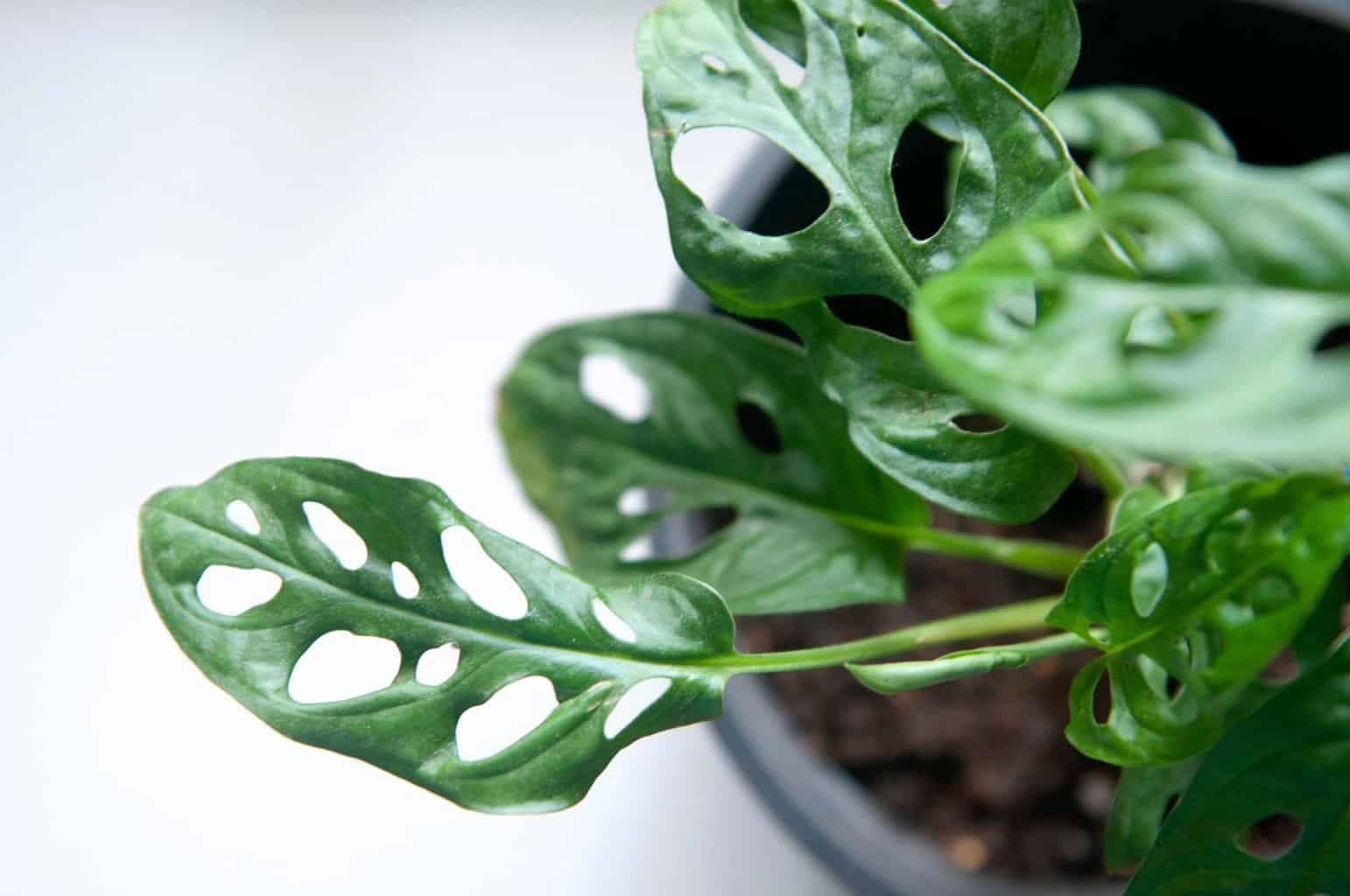
Repotting is best done in early spring or autumn when the monstera adansonii is past its active season. Repotting at such a time will cause harm.
The point of repotting is to provide more space for the roots and, at the same time, to give more nutrients to the new soil.
Obviously, with each repotting you will have to go a size or two up, depending on how much the monstera adansonii has grown over the past seasons.
I will not bother you with the pot materials now since everybody has their favorites. Some will stick to plastics and prefer clay, metal, or wood. You also know that you can choose almost any color, and the shapes are also at your will.
You will manage this all by yourself and create a perfect tropical jungle with your monstera adansonii combined with other outdoor plants and shrubs in your home.
However, what I need to bother you with – and I can’t stress this enough – the pot you choose has to have drainage holes! In this way, you will prevent soggy roots from sitting in a saturated environment.
In this case, the only thing you will achieve is root rotting, which will lead to your plant dying out. So, if you opt for a pot pleasing to the eye without any drainage holes, make it yourself.
A house knife will do the trick if nothing better comes to your mind (I’ve done it a hundred times).
Next, note that monstera adansonii is not a plant that you repot every year. There is no need for that. Moreover, repotting it every other year will be more than satisfactory.
On the other hand, what you can do every year is add some fresh soil to the mix. This way, you will improve the overall soil quality and provide extra nutrients to your pierced monster.
Finally, when repotting, make sure that you add a wooden stake or a stick to the pot. These will help direct the monstera adansonii upward as it should grow.
Otherwise, you will be faced with drooping leaves that fall off the edges of the pot and might occasionally seem unsightly. So, to have a charming-looking Monstera adansonii, use props to help it grow as it fits.
Monstera Adansonii Similar Plants

Monstera obliqua
Also known as the Swiss Cheese Vine, Monstera obliqua is recognized for its exceptionally fenestrated leaves, similar to Monstera adansonii. It is a delicate and elegant vining plant, often sought after for its intricate foliage and suitability for hanging baskets.
Monstera siltepecana
With heart-shaped leaves and silver veins, Monstera siltepecana is a visually striking variety. It’s a vining plant that adds a touch of sophistication to indoor spaces and is appreciated for its unique leaf patterns.
Monstera deliciosa
Commonly known as the Swiss Cheese Plant, Monstera deliciosa is a classic favorite, featuring large, glossy leaves with distinct splits and holes. It’s a popular choice for interior decor, offering a tropical and dramatic presence.
Monstera borsigiana
Like Monstera deliciosa, Monstera borsigiana is a compact version with slightly smaller leaves. It’s a more manageable size for indoor spaces while maintaining the iconic fenestrated appearance.
Monstera acuminata
This variety stands out with elongated and narrow leaves, showcasing a unique shape compared to other Monstera species. It adds a touch of diversity to collections of Monstera plants.
Monstera standleyana
Also known as the Five-Hole Plant, Monstera standleyana features leaves with multiple splits and holes, creating an intricate pattern. Its compact size and distinctive foliage make it a sought-after choice for indoor plant enthusiasts.
Swiss Cheese Plant Pests and Troubleshooting
Well, fortunately, nothing too concerning.
Like many plants with fenestrated leaves, including most houseplants, our Monstera adansonii usually faces minimal challenges with diseases or pests.
Common culprits may include scale, spider mites, or mealybugs, but these issues can be quickly addressed with a mild pesticide. Opting for non-toxic insecticidal soaps is a preferred solution, effectively resolving the problem without posing harm to your plant
Conclusion
When we talk about Swiss cheese plants and their proper care, we will inevitably have to pay attention to some details.
All of these are listed in our review of our monstera adansonii, a plant with holes that we all gladly keep in our little jungles.
Follow these instructions and share the photos of your beauties in the comments section.
Whether you want to buy, sell, or simply reach out to other plant enthusiasts, Plantly is the right place to be!
In stock In stock Only 1 left in stock (can be backordered)
$22.95
Sold By:
SunSoul Plants
$49.95Philodendron Bipennifolium ‘Horsehead’ Plant in 4″ pot
Only 1 available and it’s in 1 people’s basket Rated 4.87 out of 5 based on 98 customer ratings01
Sold By:
SunSoul Plants
$25.95
Sold By:
SunSoul Plants
$49.95Philodendron ‘Painted Lady’ Plant in 4″ pot
Only 1 available and it’s in 1 people’s basket Rated 4.87 out of 5 based on 98 customer ratings00
Sold By:
SunSoul Plants
Free Shipping
$24.99
Sold By:
Gar-Zen Botanical Design
Ixora Dwarf Yellow Blooming Ships Free.
Rated 4.86 out of 5 based on 49 customer ratings00
Sold By:
Gar-Zen Botanical Design
